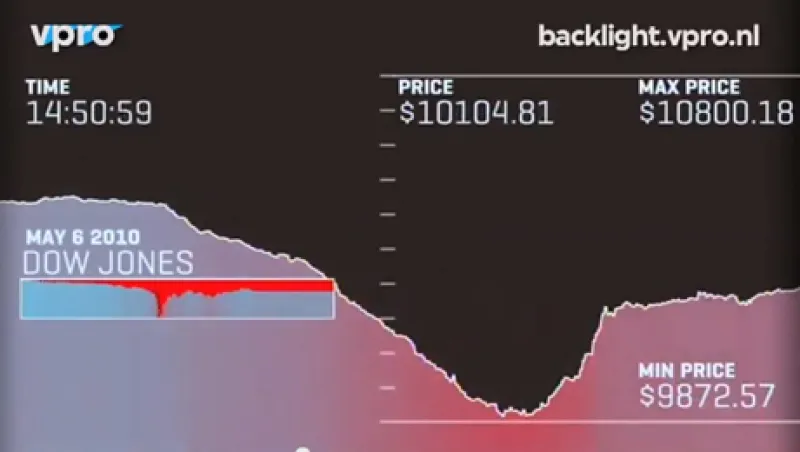
'Money & Speed' and the May 2010 Flash Crash
A Dutch documentary points out that many questions about the flash crash of 2010 remain unanswered.
Katherine Heires
February 21, 2013


